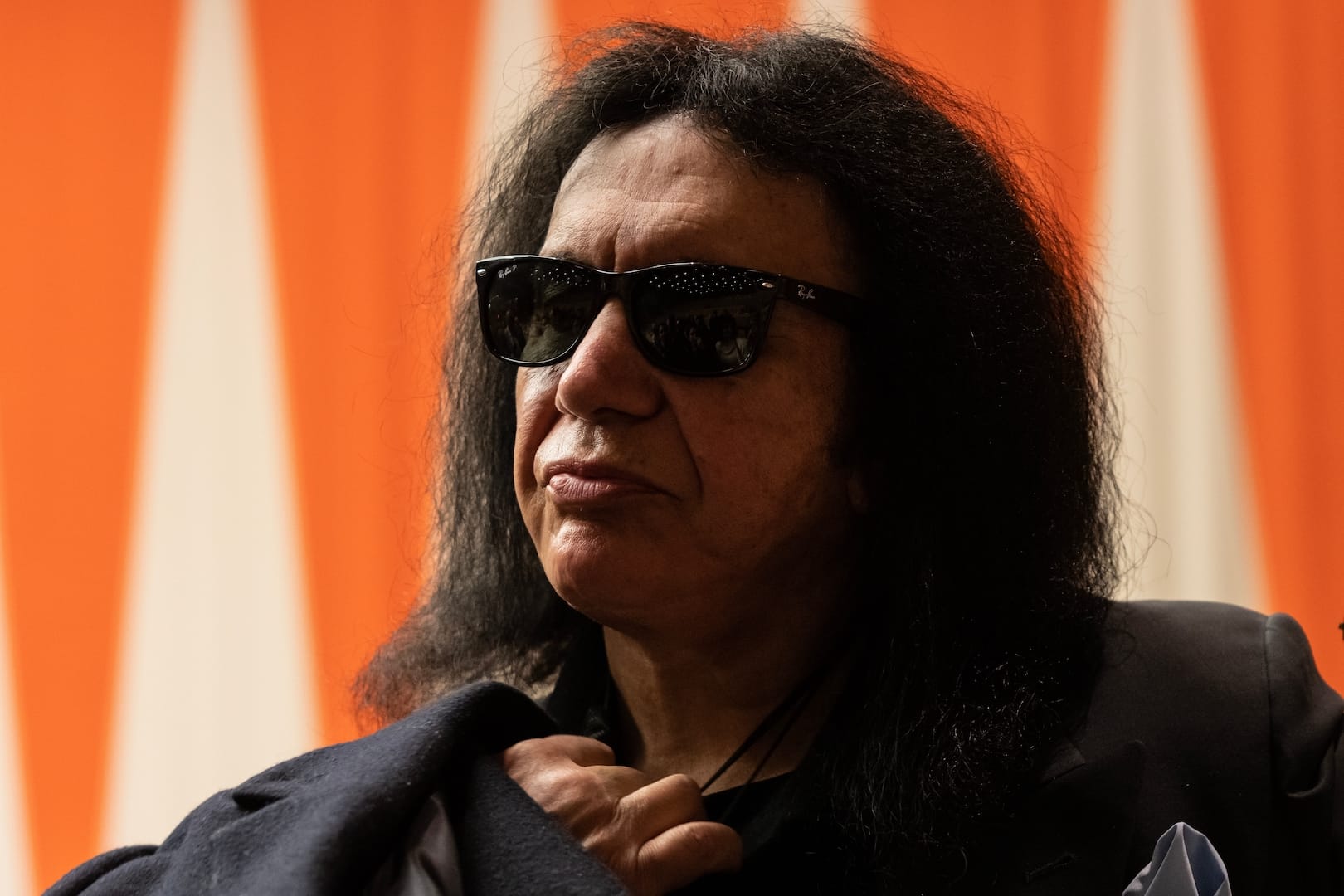Gene Simmons of KISS has long argued that rock died once we entered the age of the web, and this theory is expanded upon by the Italian author Giancarlo Caracciolo.
In 1981, when MTV first aired a music video in New York, they chose “Video Killed The Radio Star” by The Buggles—a fitting choice given the song’s message about how radio stars were overshadowed by the rise of television. This transition marked a shift in how music was broadcast during the 1980s and 1990s. But the audiovisual world would soon be challenged by the rapid rise of the internet, which, by the turn of the millennium, had reached every corner of the globe, reshaping society in the process. While radio and TV didn’t die, they were certainly diminished, causing frustration for some in the music industry and joy for others. Among the critics, Gene Simmons stood out, claiming in the 2010s that the Internet had killed rock.

Building on this complex theory, Italian writer Giancarlo Caracciolo (born in Taranto in 1987) published two books with the telling title, “Internet Has Killed Rock” (Les Flaneurs Edizioni) in 2018 and 2023. His work blends provocation with truth, suggesting that while the Internet has shortened distances, it has also led to the creation of segmented multiverses that have distanced people from one another, each living in their own personalized bubble. “It’s very difficult to create a scene,” says Caracciolo, “because the traditional rules—the garage band culture and the pursuit of musical value—have been upended.” Success, he notes, “is increasingly fleeting, tied to business ventures far removed from the production of a great album, and the music isn’t even played with instruments anymore.”
Before finding answers in the present, Caracciolo takes readers on a journey through the past in his two volumes. He presents twenty-two narrative stories that explore the connection between live music and people, because, as he points out, “we can’t make future analyses if we don’t understand what was happening in society when rock was a true lifestyle for millions of people.”
Caracciolo’s narrative style complements the more analytical sections of his books, aiming to provide answers that are either sociological or, more rationally, mathematical. It’s surprising, but not entirely so, how listening to an album in streaming differs from other experiences. Some big data companies have started to notice that listening to a rock album and listening to a pop or other commercial album on streaming platforms are two distinct experiences. The rock audience, he notes, tends to listen to entire albums—a habit that, until recently, was tied to extensive collections of LPs and CDs, now replaced by trending playlists that cater to a fast-paced and increasingly fluid market.
If you look at streaming and album sales charts in the Western world, you’ll see a clear genre difference. “Being on display on Spotify is not the same as being on display at Tower Records,” Caracciolo emphasizes, adding that “from the Japanese division of this historic record store chain, we’ve received significant insights about the relationship between music and physical media in Japan.”
Through a series of anecdotes, analyses, and data, Caracciolo aims to engage readers and prompt them to question the state of rock, avoiding the genre’s usual clichés, such as the next Rolling Stones tour, the long-awaited new album from Guns N’ Roses, or yet another book on grunge.

